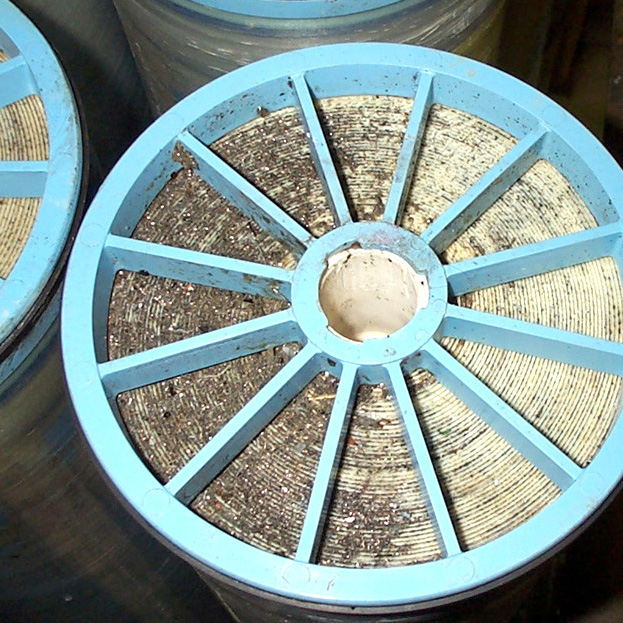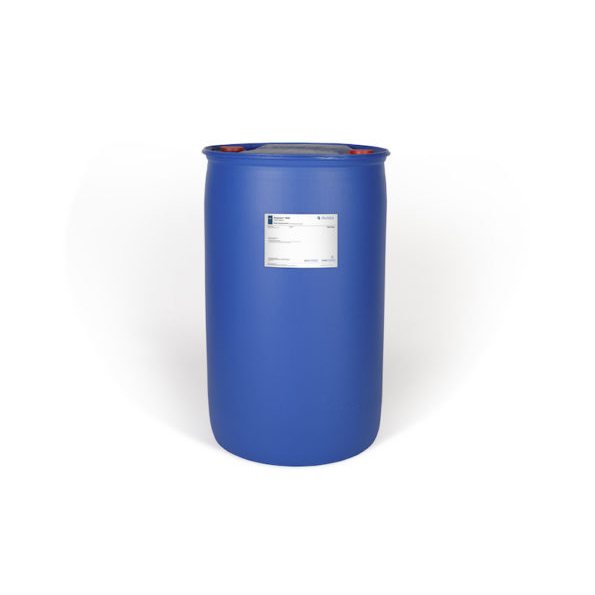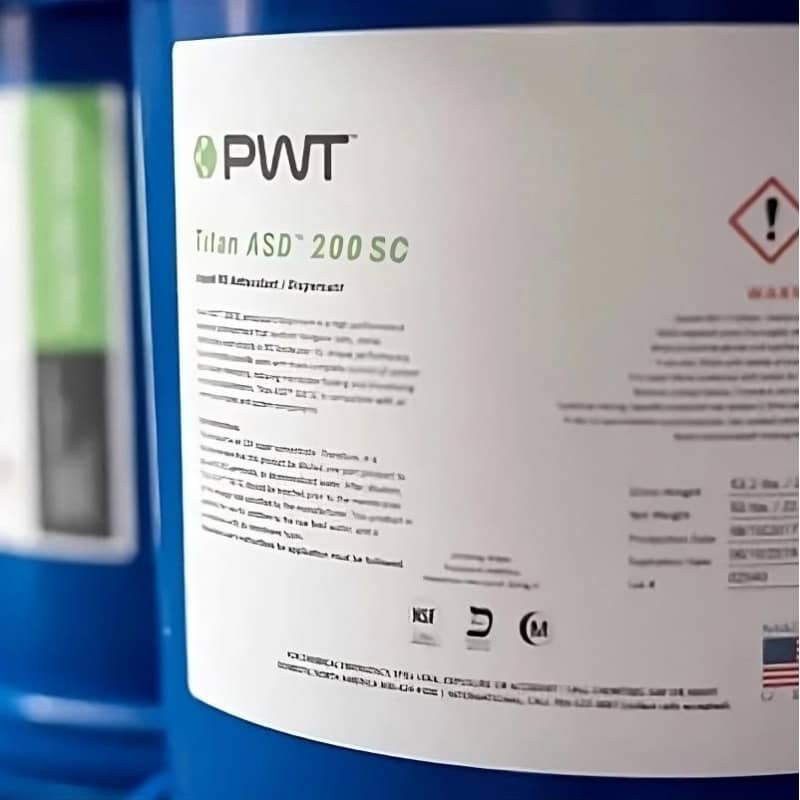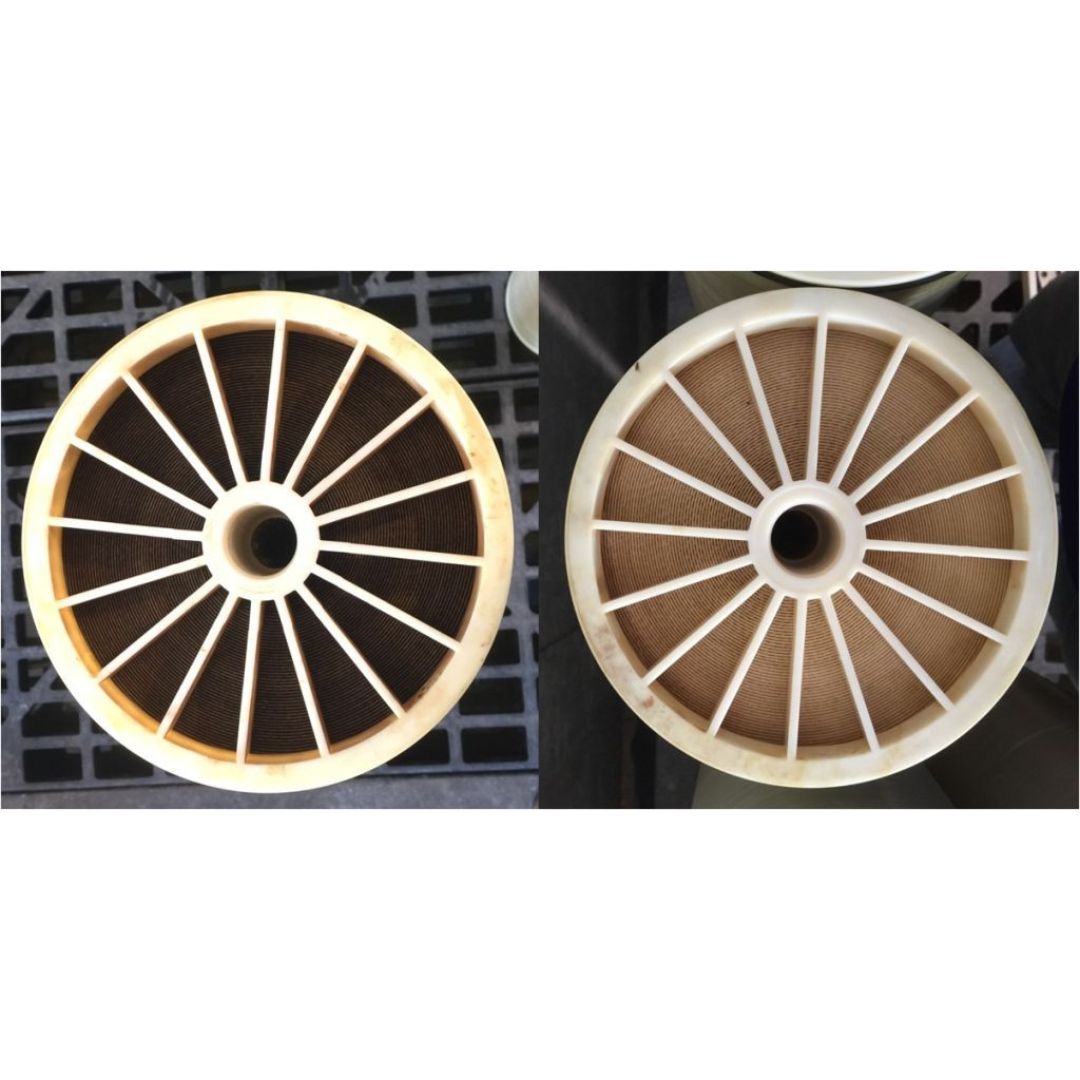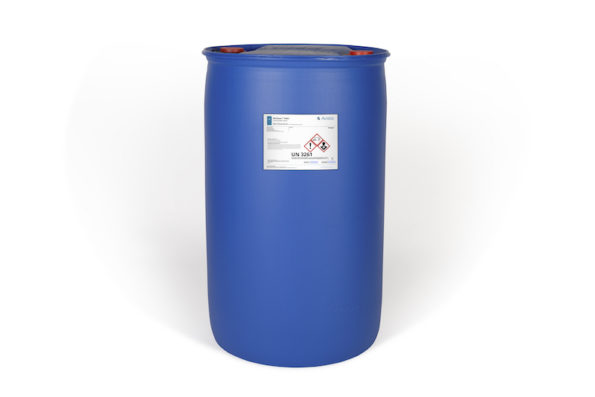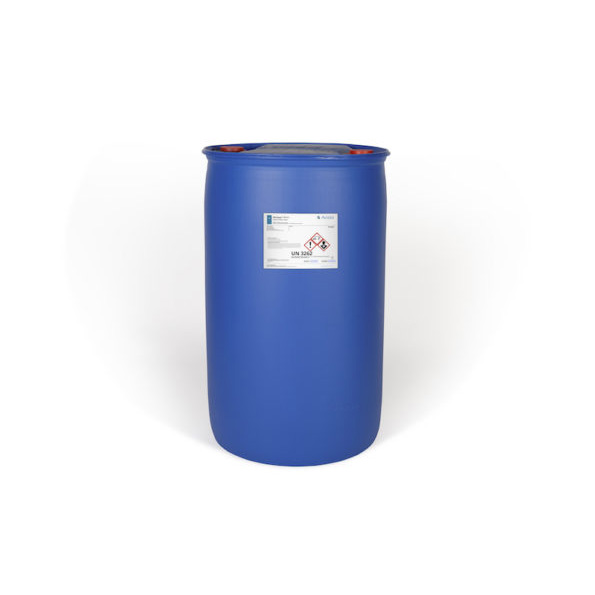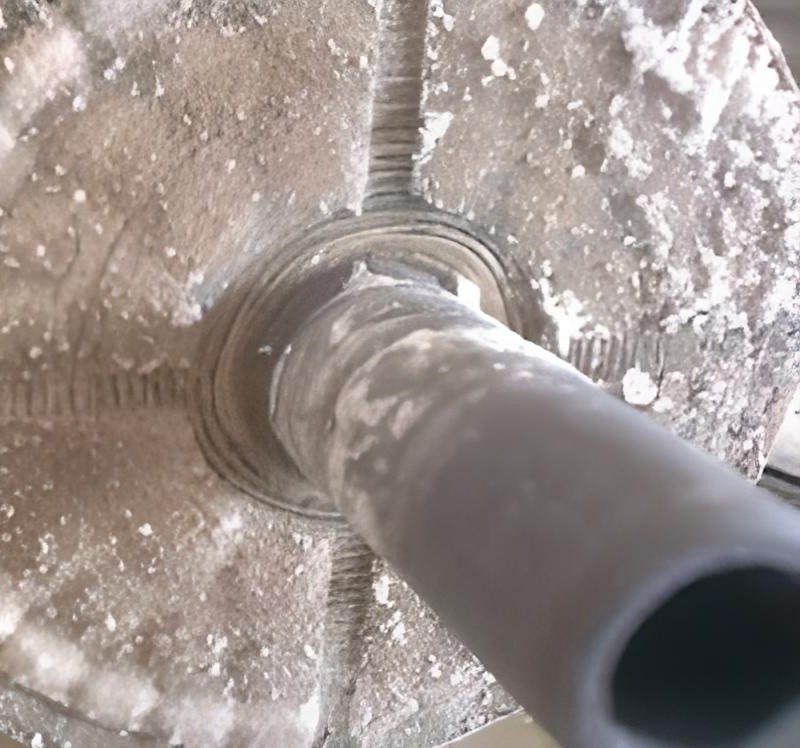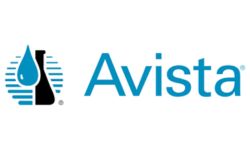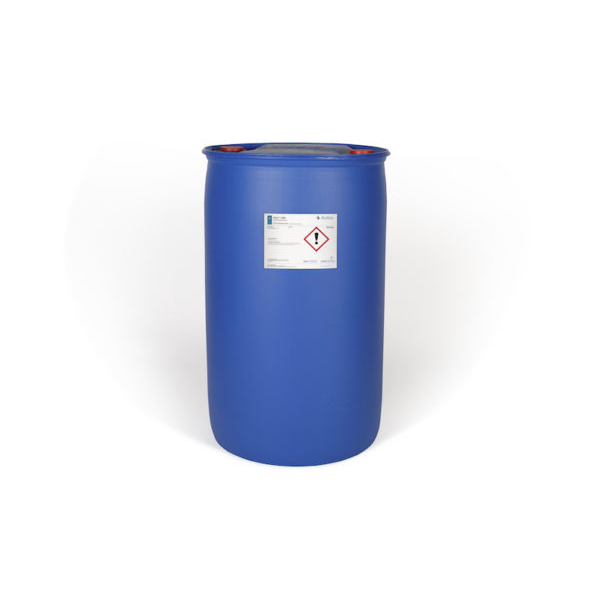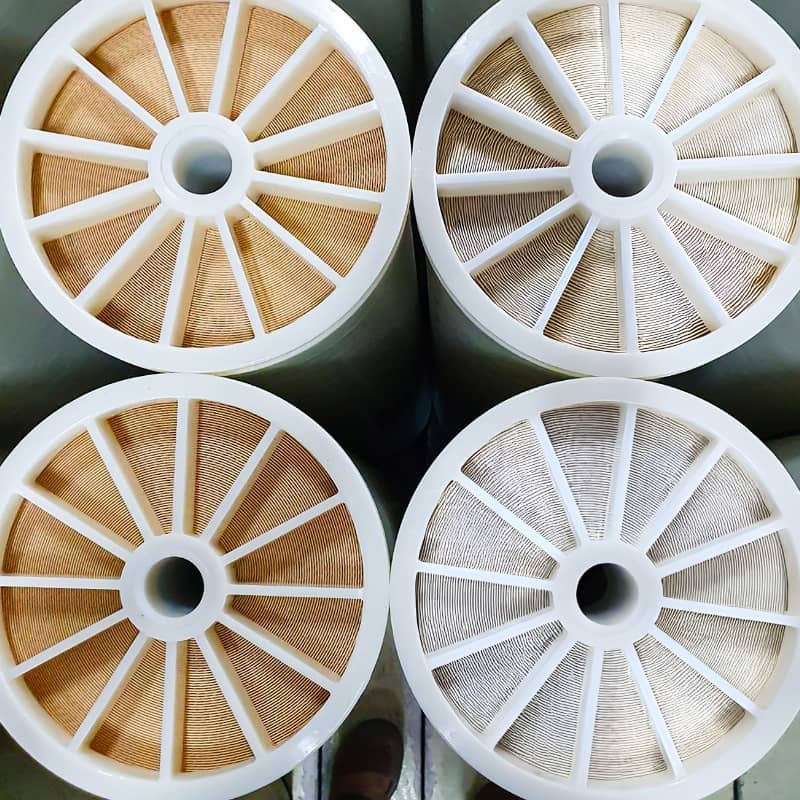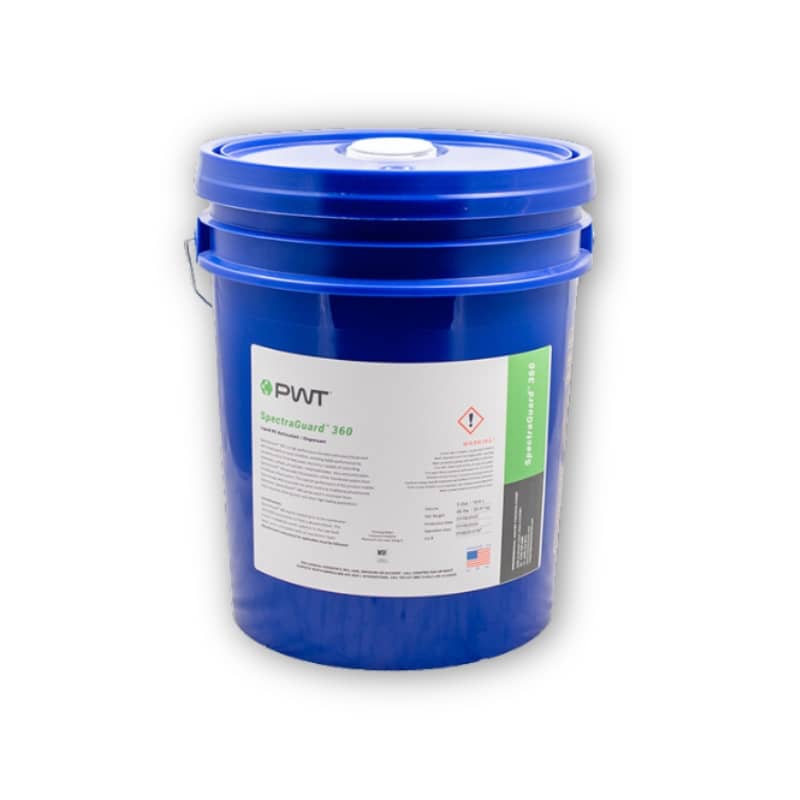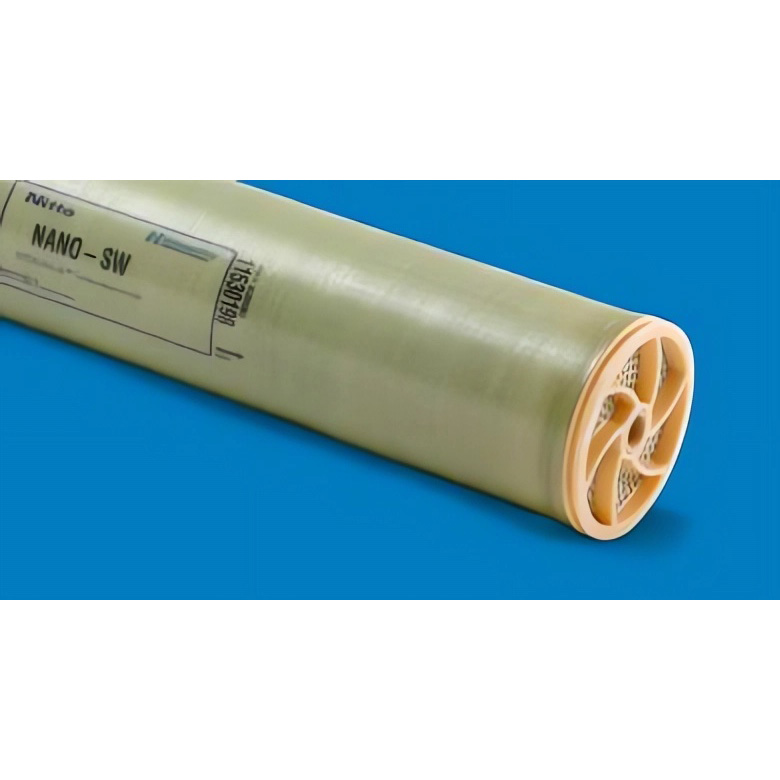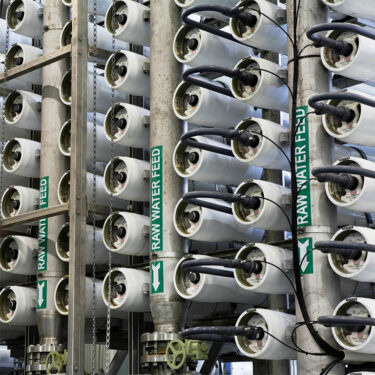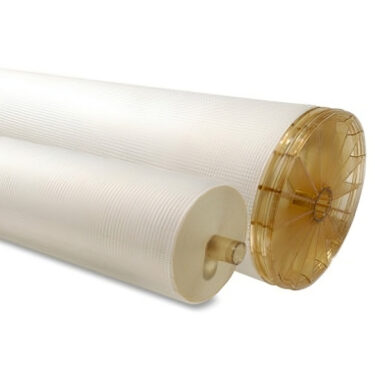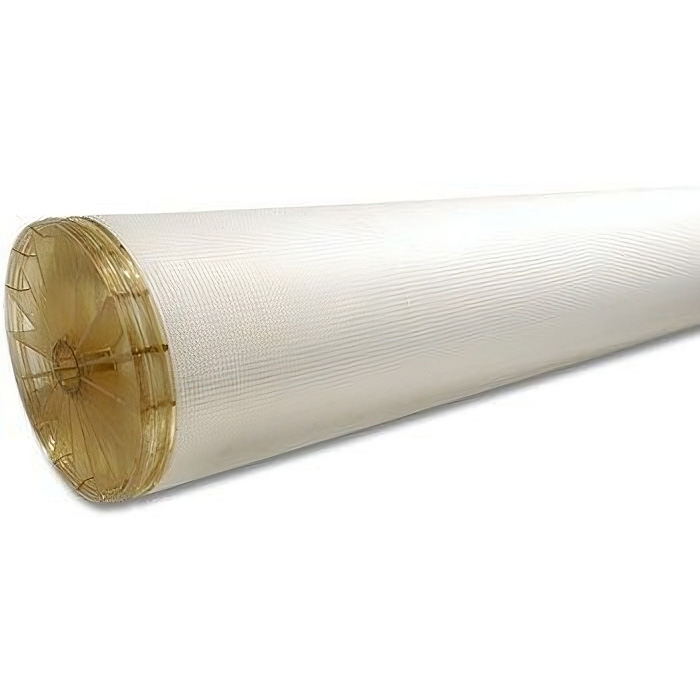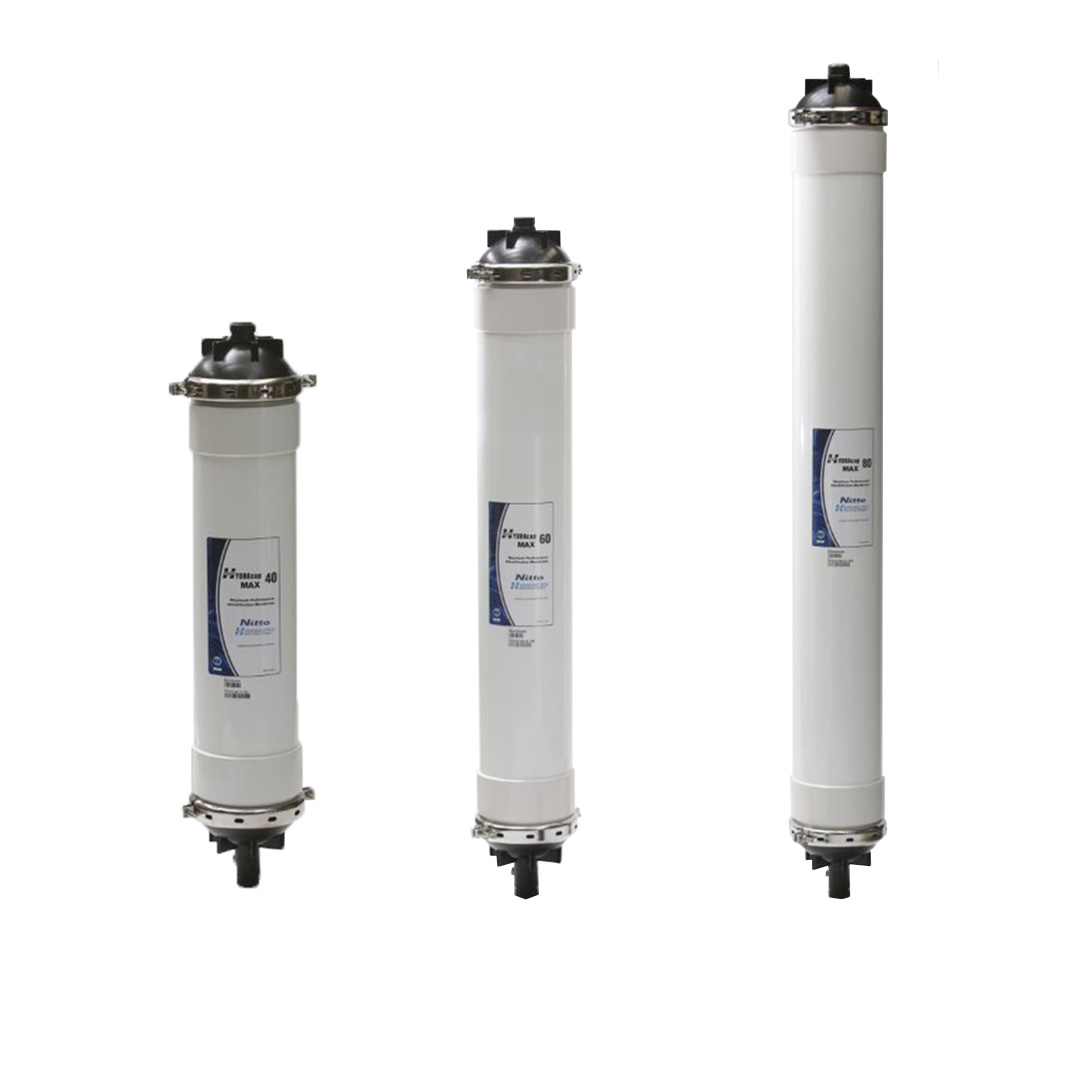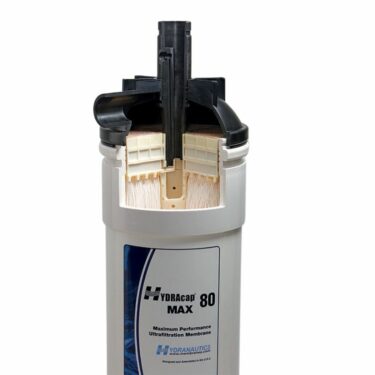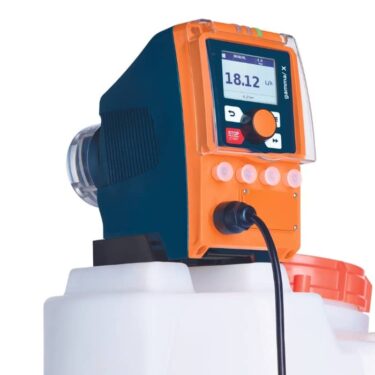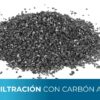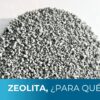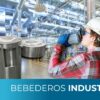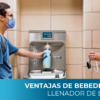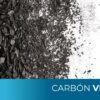Water pollutants and their treatment methods.
Suggestions for water correction.
The following results are a basic guide, to determine the most suitable water treatment, it is necessary to know: concentrations, flows, contaminants and temperature to know if the treatment can be viable.
In each section you will find a list of recommended treatment methods to reduce each contaminant.
To access more information on each method, click on the link for the corresponding word.
Contact us for recommendations: [email protected]

CONTAMINANTS AND A LISTED OF THE METHOD OF TREATMENT.
Aluminum (Al+3)
Antimony
1) Flocculation / Filtration
2) Filtration submicron
Arsenic (as +3)
Arsenic (as +5)
Arsenic (as +6)
Complex organic arsenic
Asbestos
1) Flocculation / Filtration
2) Filtration submicron
Barium (Ba+2)
Benzene (C6H6)
1) Activated carbon (minimum contact time 10 min)
Beryllium
1) Flocculation / Filtration
2) Carbon Block
Cadmium (Cd+2)
Chrome (Cr+3)
Chrome (Cr+6)
Complex organic chrome
Chloramines
Coliform bacteria
1) Chlorination
2) Ozone
4) UV radiation
5) Iodine (as I2 + KI2)
6) Microfiltration
7) Ultrafiltration (with pores smaller than 0.45 microns)
Colloids
1) Diatomaceous earth (DE) Filtration
2) Flocculation
3) Multimedia or deep bed
4) Ion exchange (Adsorption)
Color
1) Filtration
2) Flocculation
3) Chlorination
6) Anionic acrylic resins
Copper (Cu+2)
1) Ion exchange (cation) 20-90%
Cyanide
Fluoride (F-1)
2) Adsorption with activated alumina (Test – Run Jar)
Foaming agents (MBAS)
(Methylene blue substrate)
1) Chlorination
4) Ozone
Iron (Fe+2) (ferrous ion)
Iron (Fe+3) (Ferric ion)
1) Aeration / Filtration
2) Manganese dioxide catalysts
3) Chlorination– Precipitation / Filtration
Lead (Pb+2)
2) Nanofiltration
3) Ion exchange (Cation) 20-90%
Manganese (Mn+2)
1) Aeration / Filtration
2) Manganese Dioxide Catalysts
3) Chlorination – Precipitation / Filtration
Manganese (Mn+4) Oxidizing
1) Filtration
Mercury (Hg+2) Inorganic
Mercury (Hg+2) Onorganic
Mercury (HgCl3-1)
Nitrates (NO3-1)
1) Ion exchange (with / soft water)
2) Reverse osmosis (sensitive to pressure)
Odor
2) Aeration
4) Ozone
Organic (VOC’s)
2) Aeration (AWR call)
Organic pH >7
1) Acid.
Organic pH <7 and >5.8
1) Neutralizing filters
Organic pH <5.8
1) Alkaline bed
Radon
1) Aeration
Selenium (Se+4)
3) Activated alumina
4) Flocculation /Filtration
Selenium (Se+6)
Silver (Ag+1)
2) Flocculation / Filtration
Sulphate (SO4-2)
1) Ion exchange (Anion) (It must be soft water)
TDS Total dissolved solids
2) Deionization with Ion Exchange
3) Flocculation / Filtration
Thallium
Turbidity
1) Deep bed filters
2) Diatomaceous earths (DE) Filtration
3) Flocculation / Filtration
Zinc (Zn+2)
Source: Watts Water
Need help removing specific water contaminants?
Call us on the phone: (33) 38340906 or write us to the mail: [email protected] and one of our engineers will contact you as soon as possible.

Comparte:
Algunos productos que te pueden interesar
-
RoClean L211 cleaning of membranes with organic matter fouling
Add to quote -
RoQuest 3000 Organic Liquid Coagulant from Avista
Add to quote -
Titan Antifouling for Reverse Osmosis Membranes
Select options -
RoClean P112 Membrane Cleaner for Silica SiO2
Add to quote -
RoClean P303 Calcium Carbonate & Metal Scale Cleaner
Add to quote -
RoClean P111 Biofouling RO Membrane Cleaner
Add to quote -
RoClean L403 Calcium Carbonate and Metal Scale Cleaner by Avista
Add to quote -
RoQuest 4000 Liquid Coagulant for Organic Matter Avista
Add to quote -
Avista’s Vitec 7400 for Silica and Sulfate Control
Add to quote -
Biocide for reverse osmosis membranes BioGuard
Select options -
SpectraGuard® Reverse Osmosis Membrane Antiscalant
Select options -
ESNA, NANO and HYDRACoRe Nanofiltration Membrane (NF)
Add to quote -
Hydranautics SWC4 SWC5 and SWC6 Reverse Osmosis Seawater Membranes SWC5 and SWC6
Add to quote -
CPA2, CPA3, CPA5, CPA6 and CPA7 Hydranautics composite polyamide membranes
Add to quote -
RO-4040-FF and RO-390-FF FilmTec DOW DuPont RO-4040-FF and RO-390-FF membranes
Add to quote -
HSRO-390-FF FilmTec DOW 8×40″ Membrane HSRO-390-FF FilmTec DOW 8×40″ Membrane
Add to quote -
Membrane HSRO-4040-FF FilmTec DOW 4×40″
Add to quote -
SanRO HS-4 and SanRO HS-8 4×40″ and 8×40″ Hydranautics Membrane
Add to quote -
Ultrafiltration Membrane HYDRAcap MAX 40, 60 and 80 Hydranautics
Add to quote -
Prominent Chemical Tanks
Add to quote


